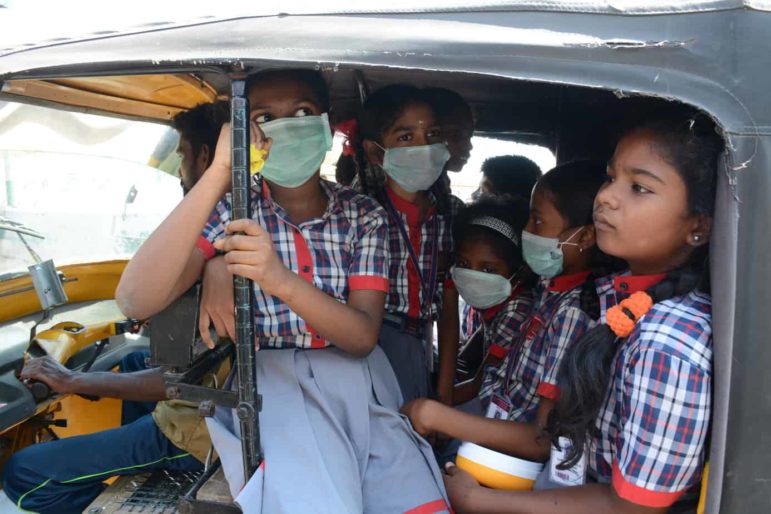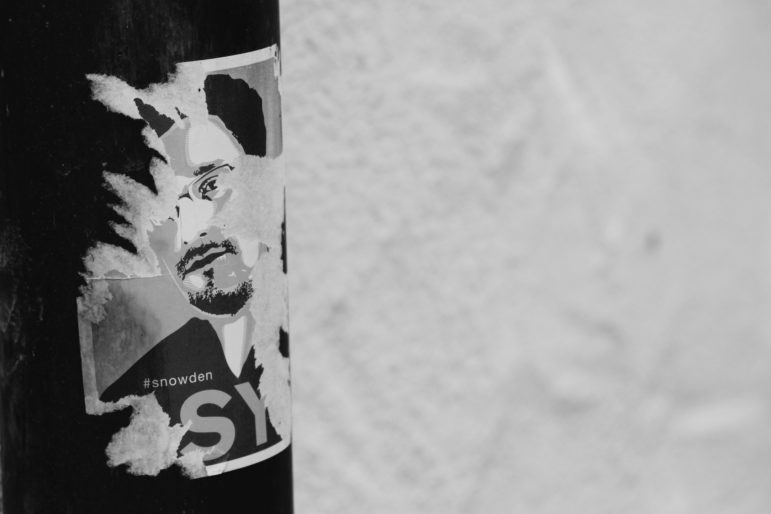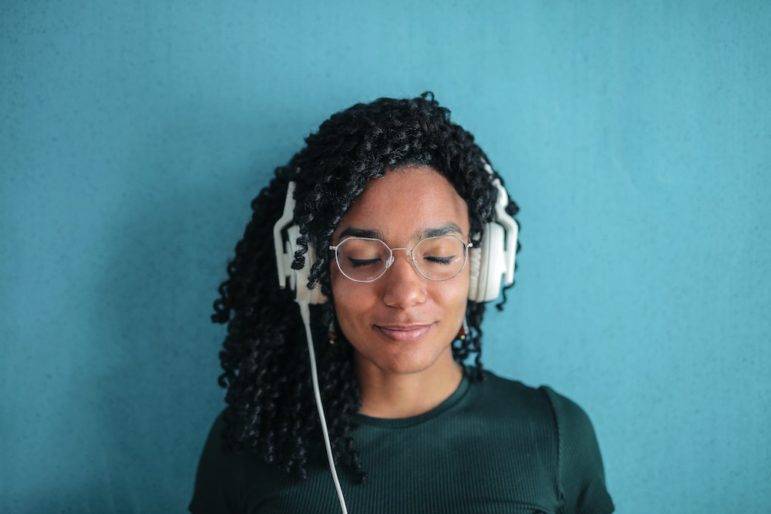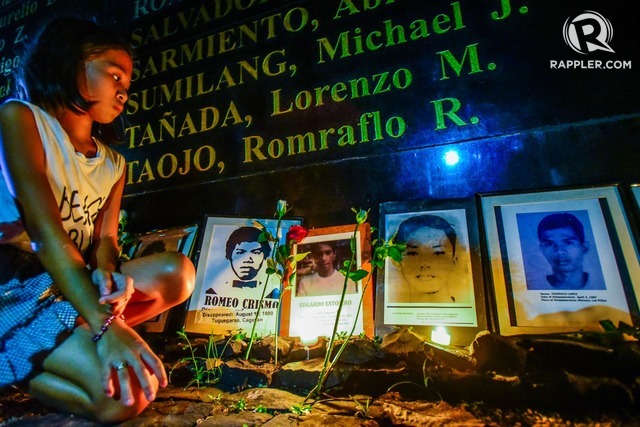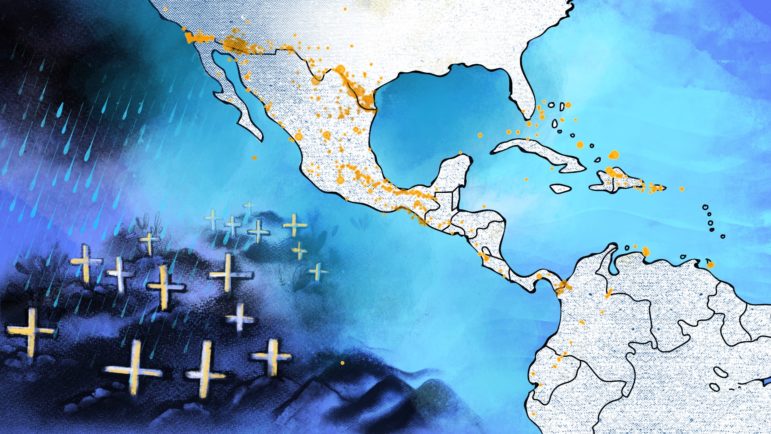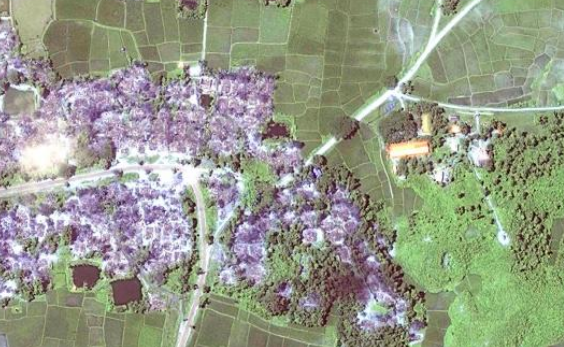
News & Analysis
Considering a Membership Model for Your Newsroom? There’s a Guide for That
With traditional media funding models in disarray, membership offers news outlets an alternative way of ensuring their profitability or survival. GIJN spoke to the Membership Puzzle Project’s Ariel Zirulnick about their latest guide and her top tips for organizations considering going down this route.

